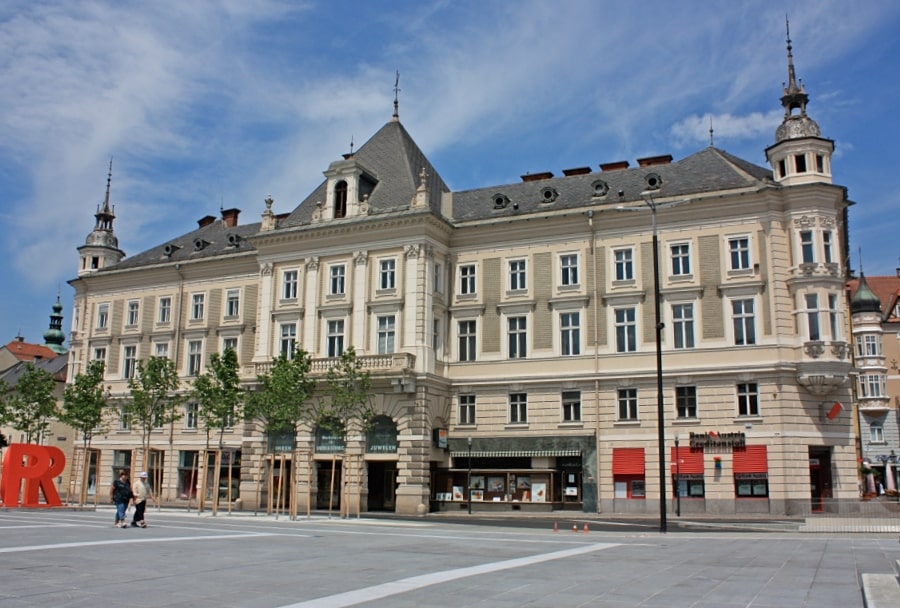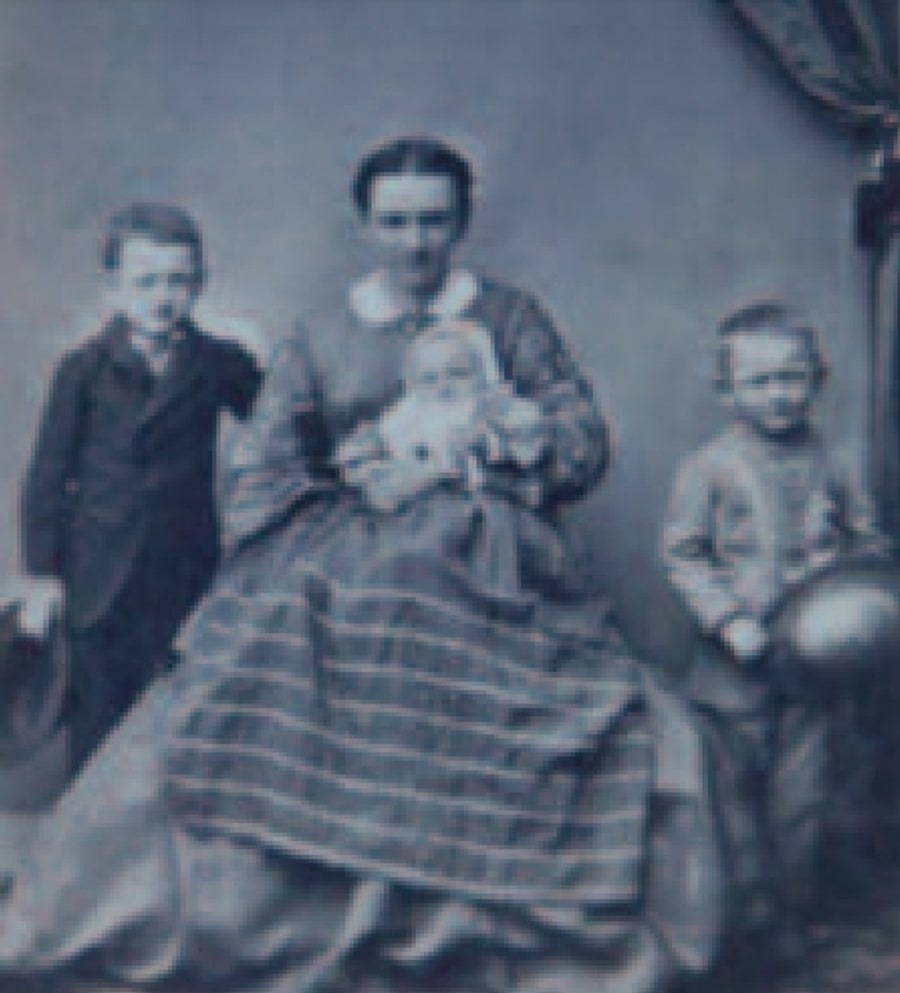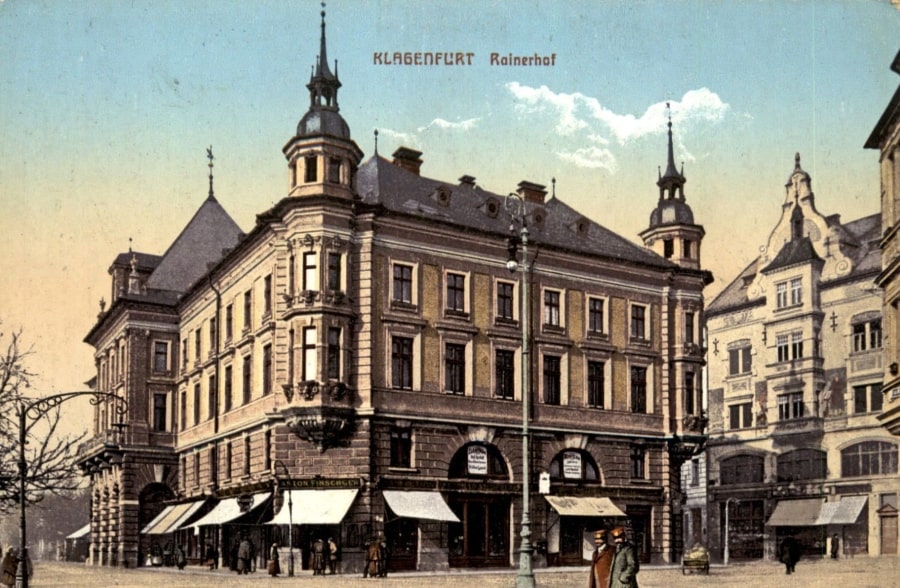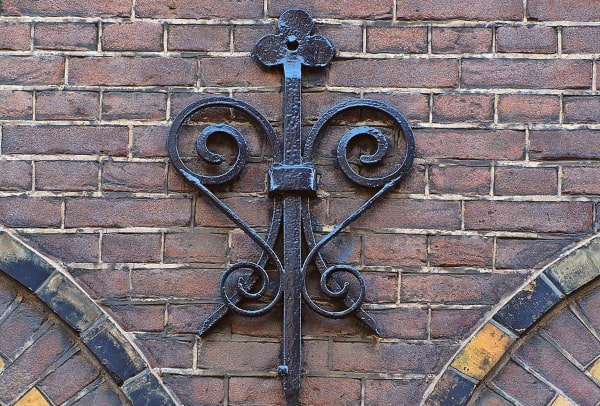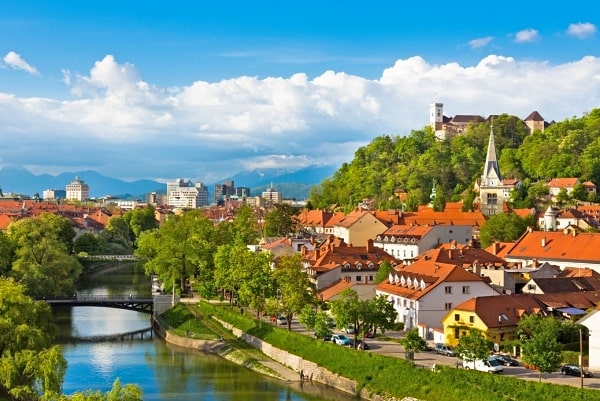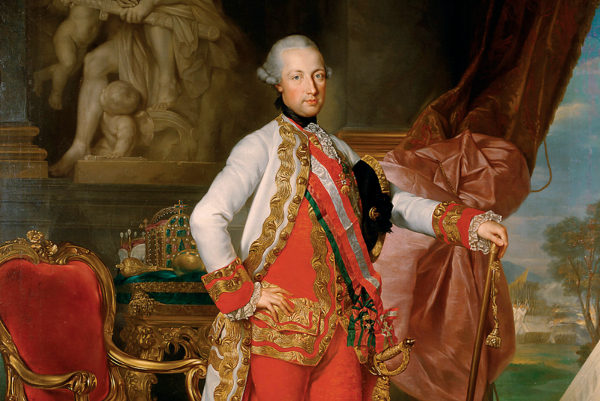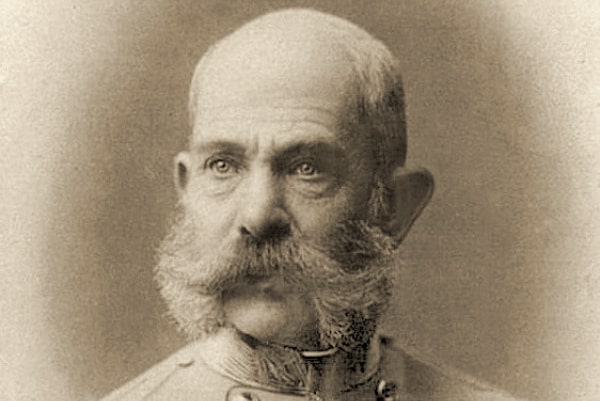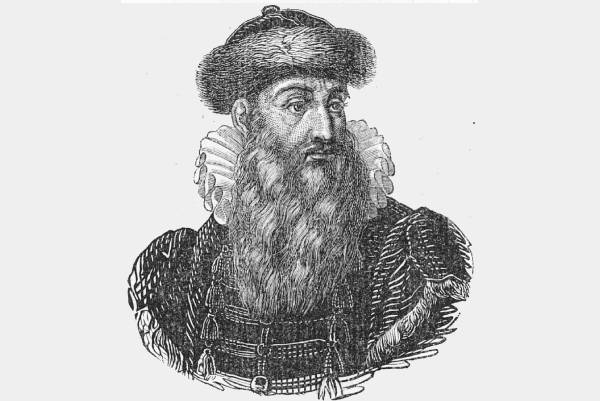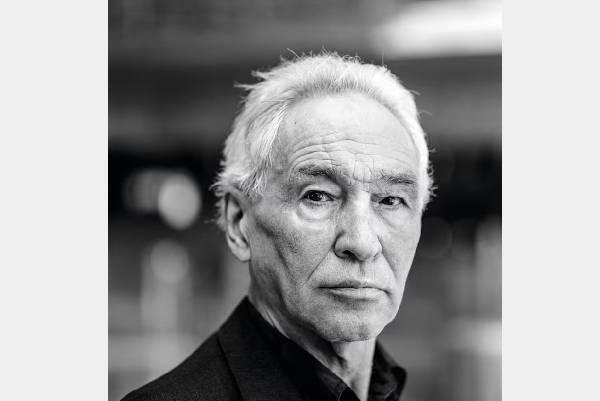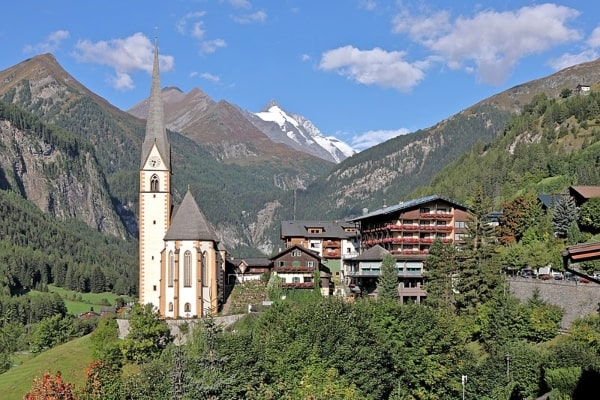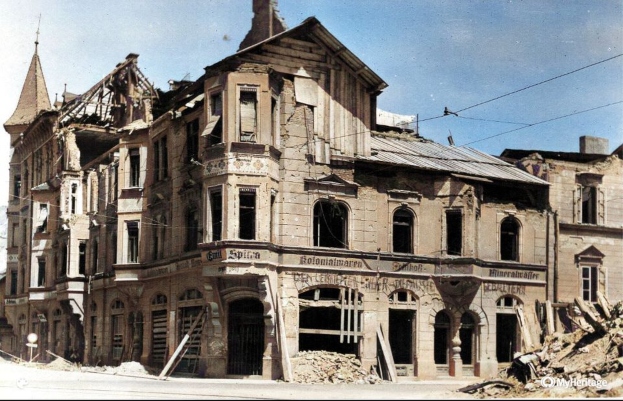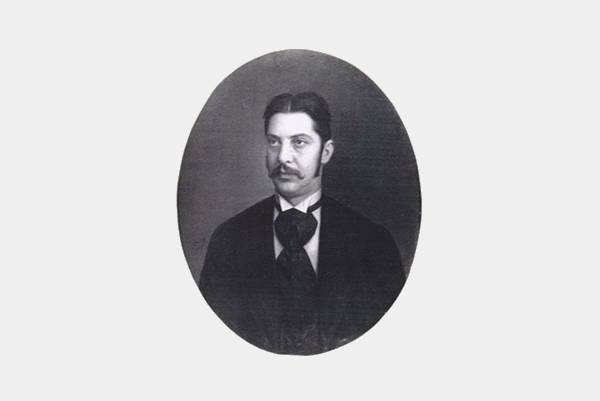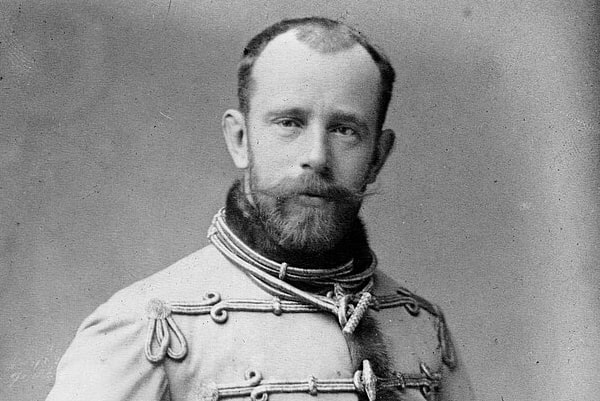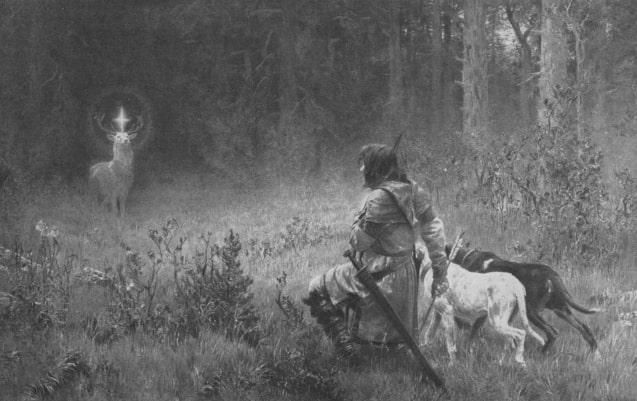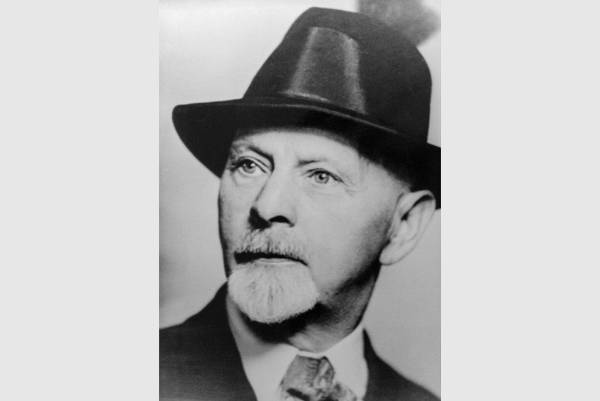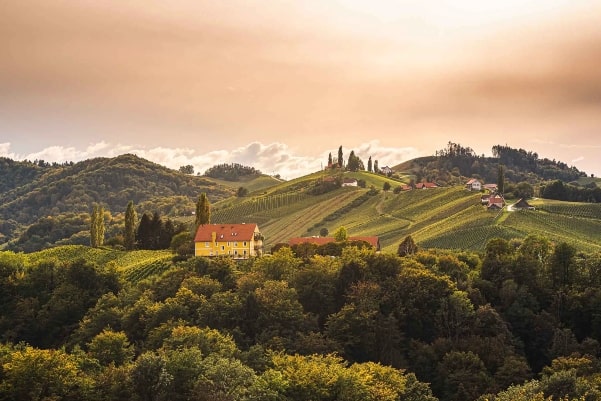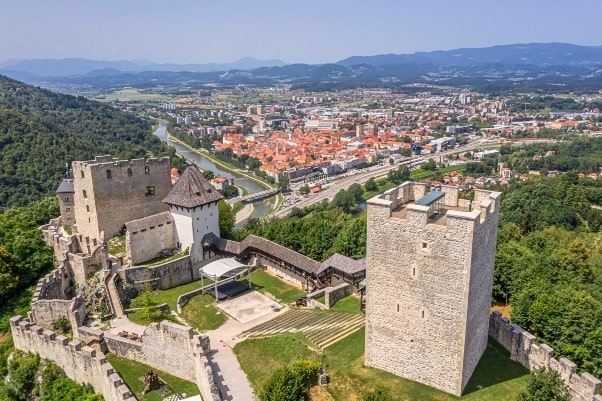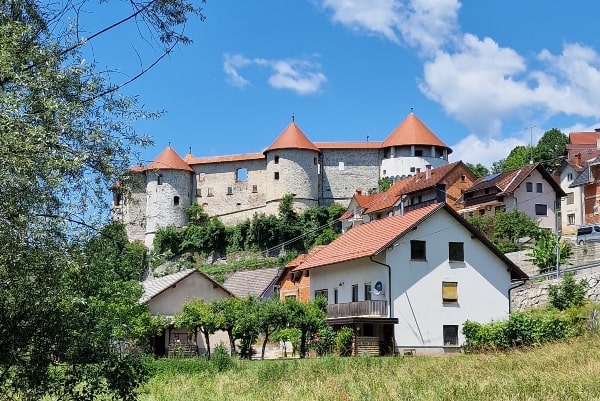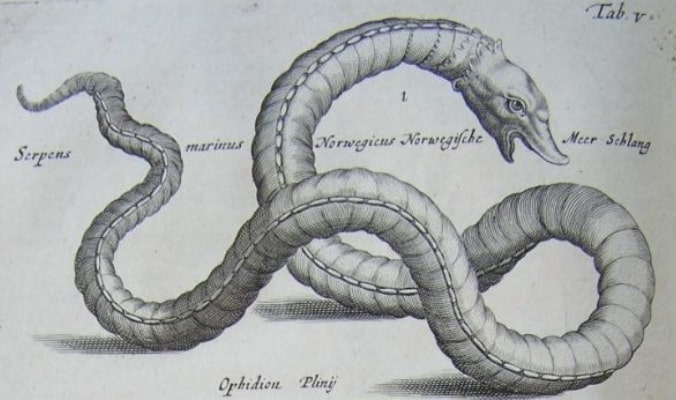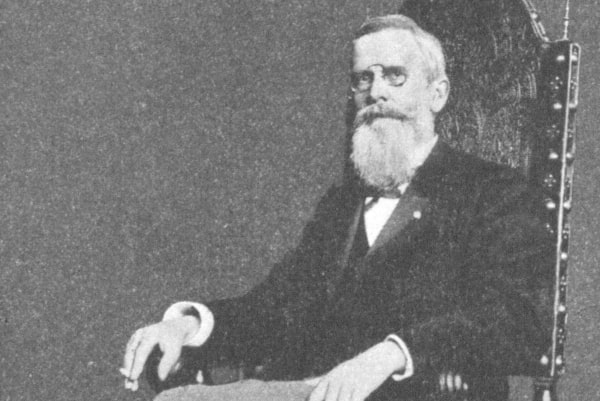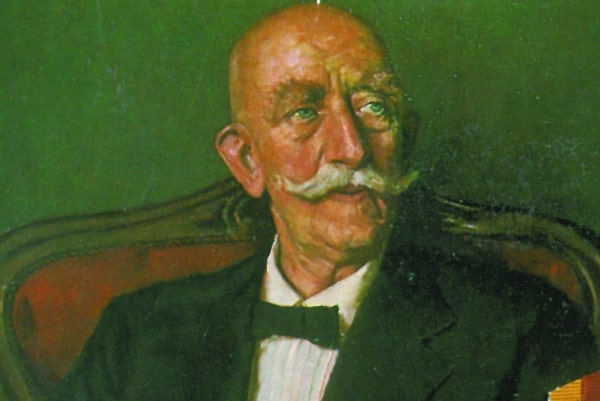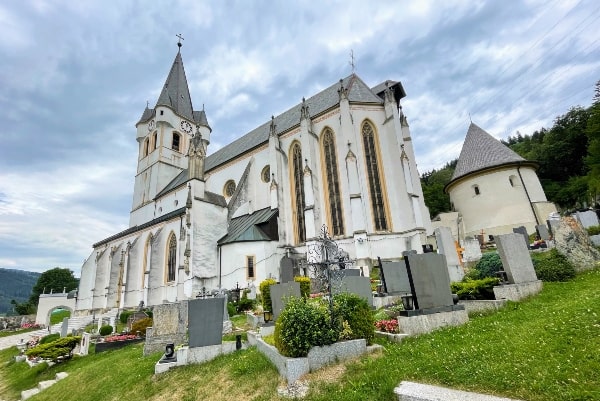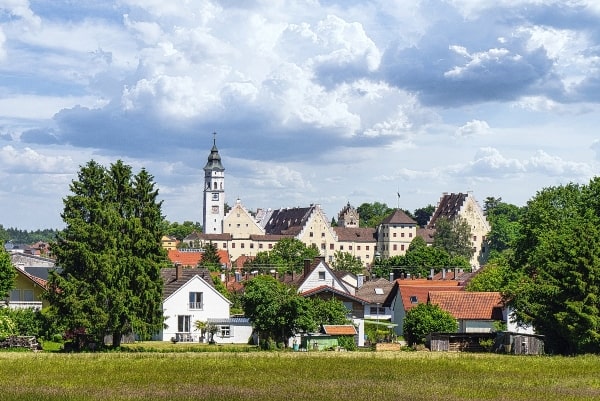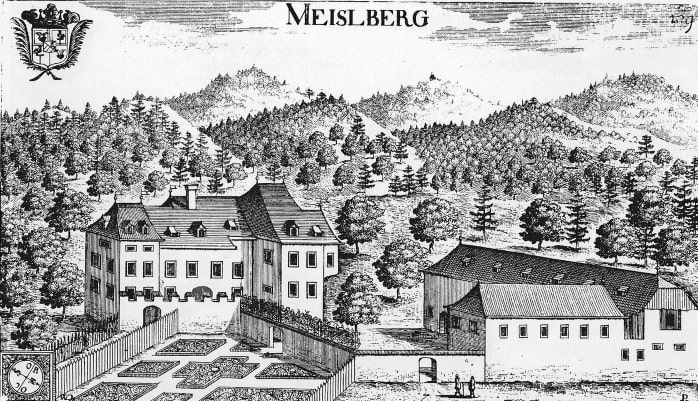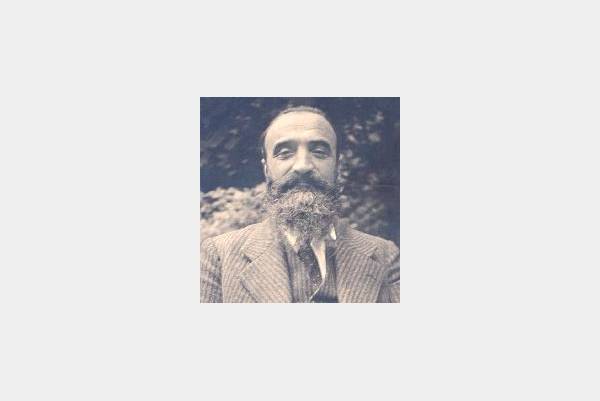
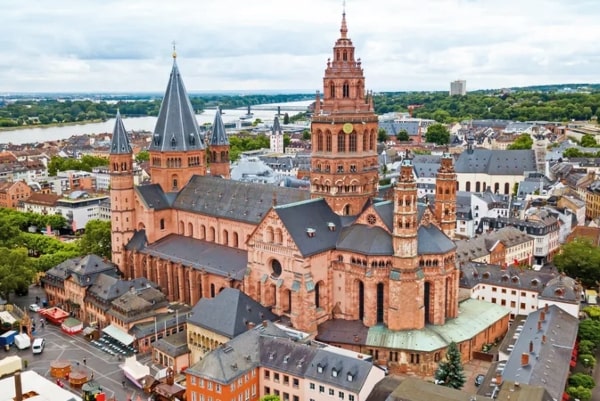
Mainz is the capital and largest city of the German state of Rhineland-Palatinate. Mainz is located at the northern end of the Upper Rhine Plain, on the left bank of the Rhine, opposite the Hessian capital of Wiesbaden and the mouth of the River Main into the Rhine. Mainz was founded as Castrum Mogontiacum by Roman general Nero Claudius Drusus in the 1st century BC on the northern frontier of the Roman Empire and became the capital of the Roman province of Germania Superior. Mainz is the birthplace of Johannes Gutenberg, who introduced letterpress printing to Europe with his movable type printing press, and in the early 1450s manufactured his first books in the city, including the Gutenberg Bibles. Like most cities in the Rhineland, Mainz holds extensive carnival celebrations, that are known as the second-most important in Germany, after the celebrations in Cologne.

